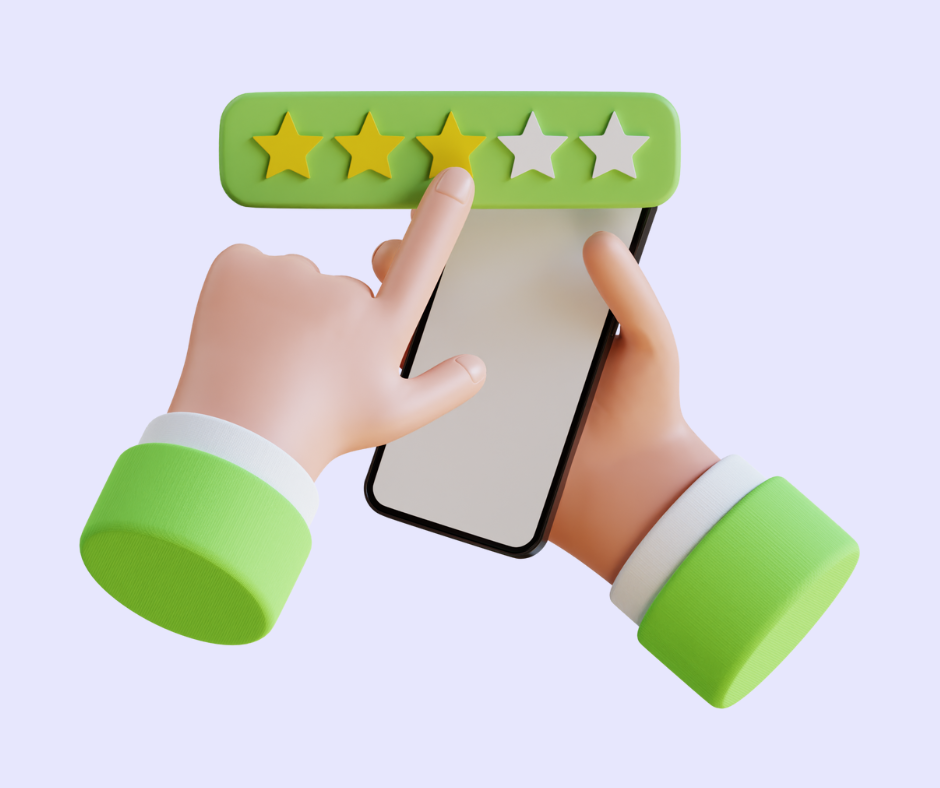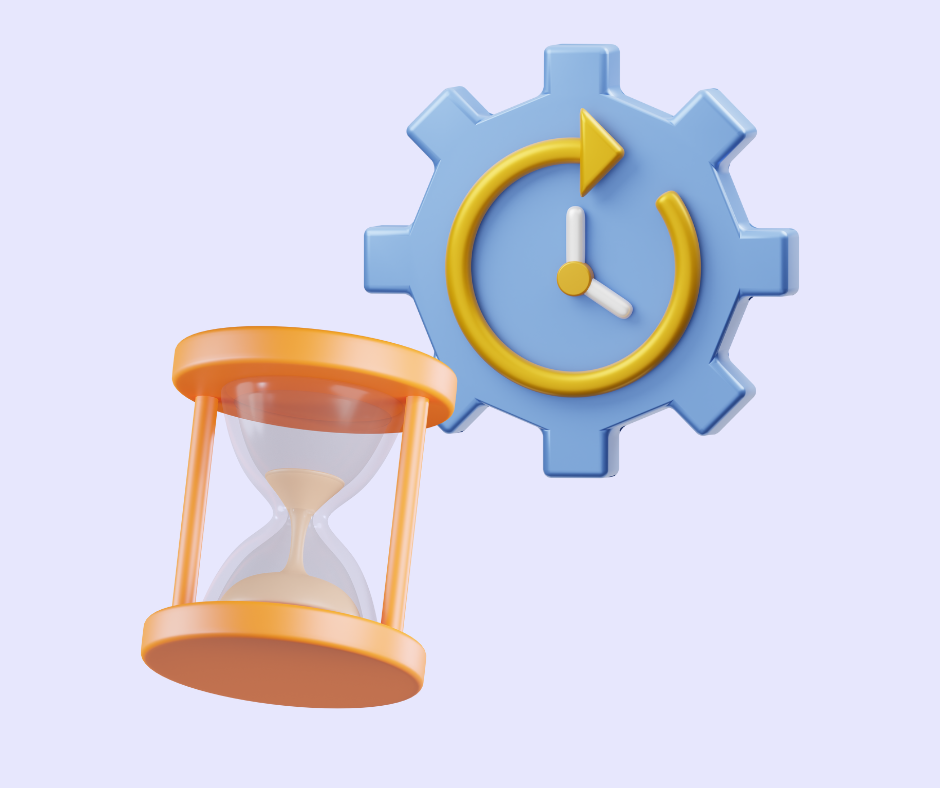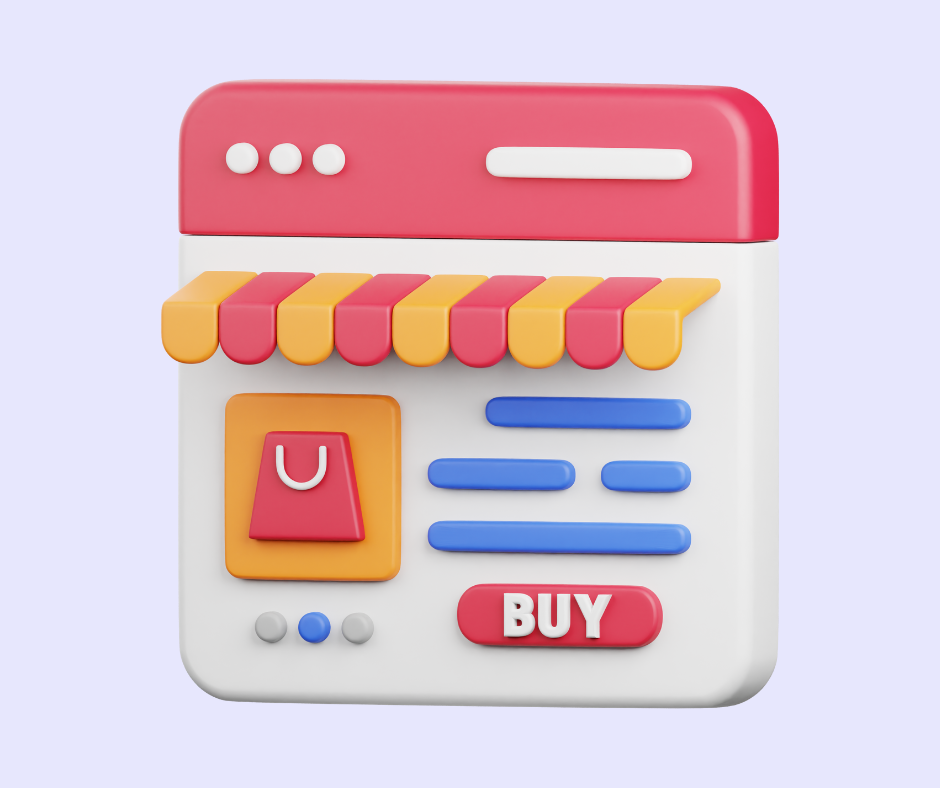Drive traffic and leads with a powerful blog strategy for your small business
Creating a blog strategy is an essential component of any successful content marketing plan for small businesses. A well-planned blog strategy can help you build your brand, engage your audience, and drive traffic and leads to your website. But where do you start when it comes to developing a blogging strategy? In this blog post, we'll walk you through the key steps to create an effective blogging strategy, from setting clear goals and identifying your target audience, to creating a content plan and promoting your blog effectively. Whether you're just starting out or looking to take your blog to the next level, this guide will help you create a blogging strategy that delivers real results for your small business.
Ready to create your blog strategy?
What is a blogging strategy?
Set clear blogging goals
Identify your target audience
Create a content plan
Promote your blog
What is a blogging strategy?
A blog strategy is a plan of action that outlines how you will create, publish, and promote content for your blog. It involves setting clear goals, identifying your target audience, creating a content plan, promoting your blog, and engaging with your audience.
Blogging without a strategy is like wandering aimlessly in the dark. You may write blog posts sporadically without any clear goals or direction, resulting in a lack of engagement and traffic to your website. With a well-defined blog strategy, you can create content that speaks directly to your target audience and helps you achieve specific business objectives, such as generating leads, building brand awareness, or establishing yourself as an industry thought leader.
A blog strategy can also help you track your progress and measure the success of your blog. By analyzing key performance metrics such as traffic, engagement, and conversions, you can make data-driven decisions about your blog and optimize your content to achieve better results. Overall, having a blog strategy is essential for small businesses looking to build a successful blog that drives business growth.
Set clear blogging goals
Setting clear blogging goals is an essential first step in creating a blogging strategy for your small business. Your goals will determine the type of content you create, the audience you target, and the metrics you use to measure success.
When setting goals, it's important to make them specific, measurable, achievable, relevant, and time-bound (SMART). For example, if your goal is to generate leads, you may set a specific target number of leads per month and create content that speaks directly to your target audience's pain points and needs.
Other common blogging goals for small businesses include building brand awareness, establishing authority in your industry, driving traffic to your website, and increasing social media engagement. By setting clear goals, you can create a content plan that aligns with your business objectives and helps you achieve measurable results.
Remember to regularly review and adjust your goals as your business evolves and your blogging strategy progresses. This will help you stay on track and ensure that your blog continues to support your business objectives over time.
Identify your target audience
Identifying your target audience is a crucial step in creating a successful blogging strategy for your small business. By understanding who your ideal reader is, you can create content that resonates with their interests, needs, and pain points.
To identify your target audience, start by creating buyer personas that represent your ideal readers. A buyer persona is a fictional representation of your ideal customer based on research and data. It includes details such as age, gender, occupation, interests, and pain points.
Once you've created your buyer personas, you can use them to guide your content creation and promotion efforts. For example, if your target audience is busy working professionals, you may create content that can be consumed quickly and easily, such as short-form blog posts or infographics.
By creating content that speaks directly to your target audience, you can increase engagement and drive more traffic to your website. Additionally, understanding your target audience can help you create more effective marketing campaigns and improve your overall business strategy.
Create a content plan
Creating a blog content plan is the next step in creating a successful blogging strategy for your small business. It involves determining what type of content to create, when to publish it, and how to promote it to your target audience.
To create a content plan, start by brainstorming topics that align with your business objectives and your target audience's interests. Consider using keyword research tools to identify high-volume, low-competition keywords that you can target in your content.
Once you've identified your topics, organize them into a content calendar that outlines when each piece of content will be published. Your calendar should include key dates, such as holidays and industry events, that can be leveraged to create timely and relevant content.
Promote your blog
Promoting your blog is a crucial step in creating a successful blogging strategy for your small business. Without proper promotion, even the most well-crafted blog content can go unnoticed.
To promote your blog effectively, consider leveraging a mix of channels. Social media platforms like Twitter, Facebook, and LinkedIn are great places to share your content and engage with your audience. You can also consider reaching out to other bloggers in your industry to establish partnerships and cross-promote each other's content.
In addition to social media and partnerships, consider incorporating email marketing into your blog promotion strategy. By sending regular newsletters to your email list that feature your latest blog content, you can keep your audience engaged and drive traffic to your website.
Finally, consider optimizing your blog content for search engines. By incorporating relevant keywords and optimizing your headlines and meta descriptions, you can increase the visibility of your blog content in search results.
By promoting your blog effectively, you can increase its reach and impact, driving more traffic and engagement for your small business.
Related Articles
Ready to set up your small business blogging strategy? Get Started With Fickl Today.




